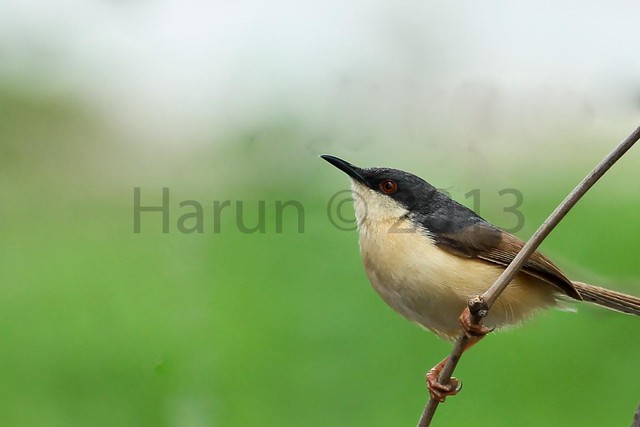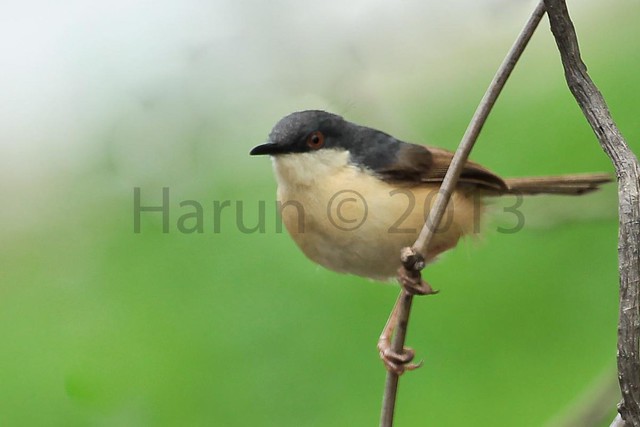Page 9 of 9
Re: Birds in Our Backyards
Posted: Thu Aug 08, 2013 3:53 pm
by brihacharan
slingshot wrote:
So the little patch of green has been completely rejuvenated in the rain. And the birds are back

P1010839.JPG
P1010854.JPG
P1010855.JPG
Hi Slingshot,
The rains are back & The birds are back

Awesome pics - for the birds 'it's homecoming' of sorts

Your composition with the branches loaded with berries & the lighting are a perfect set up -
Seems the birdies have posed for you & tweeted "Hey Slingshot make it Snappy" - I have a flight to take off

Keep them coming mate

Briha
Re: Birds in Our Backyards
Posted: Fri Aug 23, 2013 4:15 pm
by aftabkhan
Hi friends,
Presenting the
Ashy Prinia or Ashy Wren-Warbler (Prinia socialis), it is a small warbler. This prinia is a resident breeder in the Indian subcontinent, western Myanmar and Sri Lanka. It is a common bird in urban gardens and farmland in many parts of India and its small size, distinctive colours and upright tail make it easy to identify. The northern populations have a rufous rump and back and have a distinct breeding and non-breeding plumage while other populations lack such variation.
Picture taken near my residence
Exif details:-
Camera- Canon EOS t2i
Lense- 70-200 F4 L USM
Exposure time- 1/250 sec
Exposure Program- Aperture priority
ISO- 100
Spot metering
zoomed at 172 mm


 http://www.flickr.com/photos/96774882@N05/
https://www.facebook.com/MdHarunRashidPhotography
http://www.flickr.com/photos/96774882@N05/
https://www.facebook.com/MdHarunRashidPhotography
Regards
Aftab Khan
Re: Birds in Our Backyards
Posted: Fri Aug 23, 2013 4:27 pm
by Moin.
aftabkhan wrote:Hi friends,
Presenting the
Ashy Prinia or Ashy Wren-Warbler (Prinia socialis), it is a small warbler. This prinia is a resident breeder in the Indian subcontinent, western Myanmar and Sri Lanka. It is a common bird in urban gardens and farmland in many parts of India and its small size, distinctive colours and upright tail make it easy to identify. The northern populations have a rufous rump and back and have a distinct breeding and non-breeding plumage while other populations lack such variation.
Picture taken near my residence
Exif details:-
Camera- Canon EOS t2i
Lense- 70-200 F4 L USM
Exposure time- 1/250 sec
Exposure Program- Aperture priority
ISO- 100
Spot metering
zoomed at 172 mm
[
Image ]
[
Image ]
[
Image ]
http://www.flickr.com/photos/96774882@N05/
https://www.facebook.com/MdHarunRashidPhotography
Regards
Aftab Khan
Fantastic photo, specially the first one. How much does the sharpness reduce compressing a huge RAW or a JPEG file staraight off the camera to this "postable" size. Thanks for posting the exif data.
Regards
Moin.



